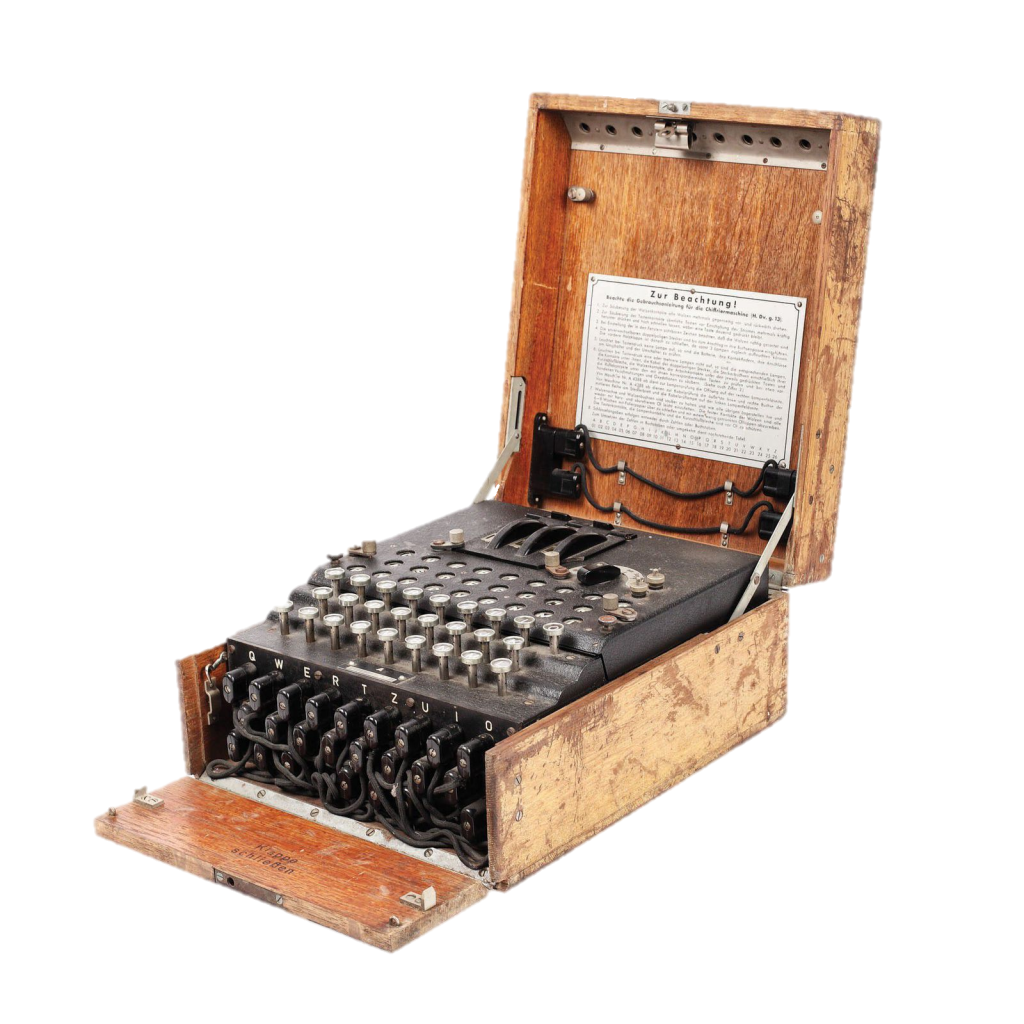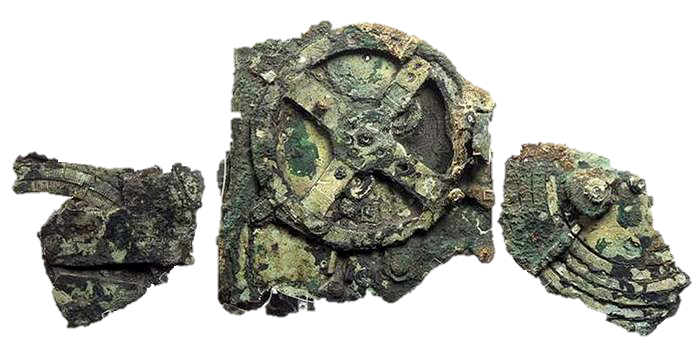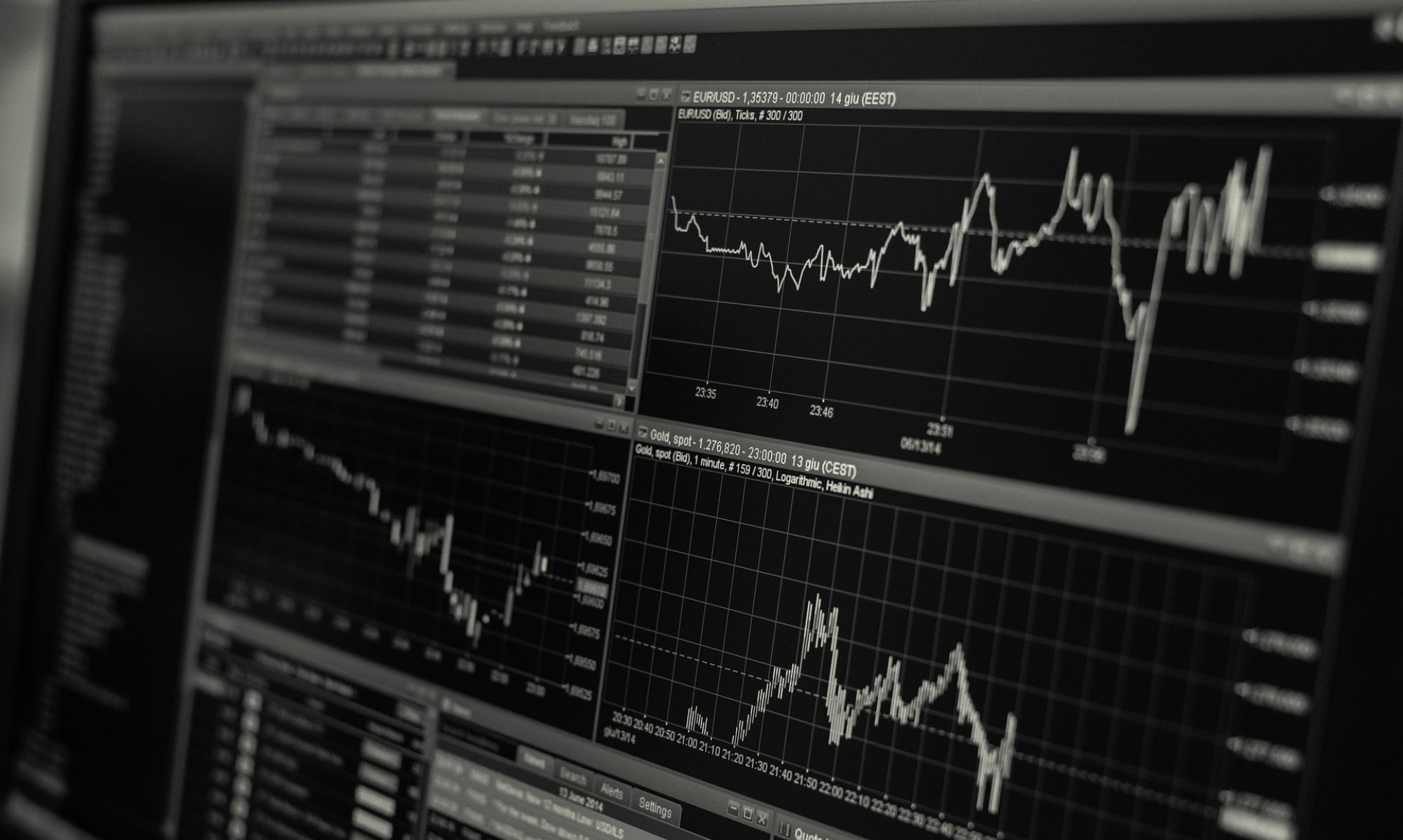While predictive analytics is regarded as an emerging technology of the 21st century, it’s played a prominent role throughout history for many years.
While predictive analytics is regarded as an emerging technology of the 21st century, it’s played a prominent role throughout history for many years.

The Antikythera mechanism constructed in approximately 150 BC was a calendar developed by ancient Greeks to predict eclipses and astronomical positions. During World War II in the 1940s predictive analytics assisted with the invention of the enigma machine by British intelligence to decipher German encryption. From the mid-1970s Earthquake forecasting has used predictive analytics to calculate the magnitude, location and time an earthquake would occur. (Winters 2017, p.9,10).

More recently in 2008 the Los Angeles Police Department (LAPD) successfully engaged in a predictive analytical software trial over six months that allowed police to identify and intervene before a crime could take place. This software also assisted police in solving past crimes using statistical predictions establishing itself as a catalyst for predictive policing. (Perry 2013, p.32).
Demonstrated by the select cases above, there was no single field or industry where predictive analytics was established. What they do all have in common is that predictive analytics was used to study collected data to predict an outcome in the future. The method in which prediction is achieved has changed dramatically from the Antikythera machine to modern-day databases that store millions of gigabytes of data but the overall theory of predictive analytics remains the same – to achieve a solution.
